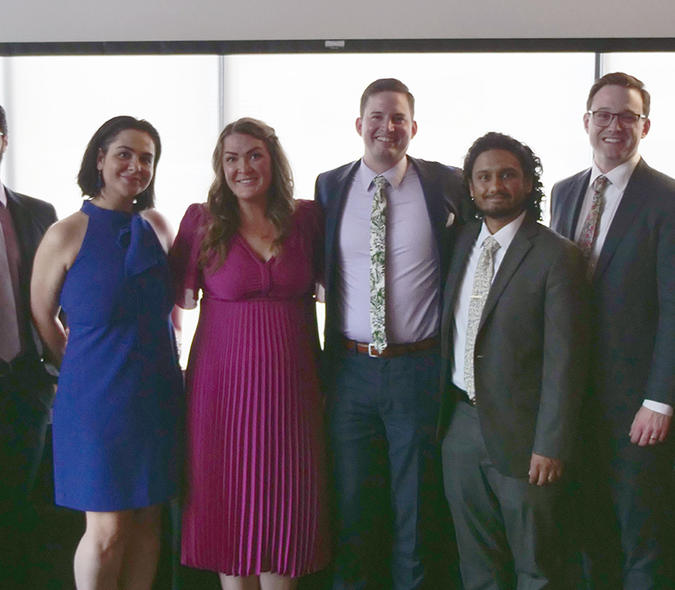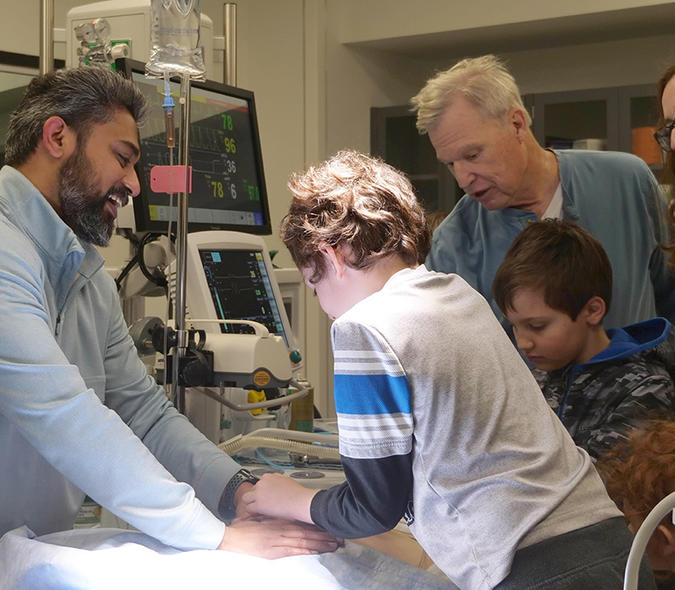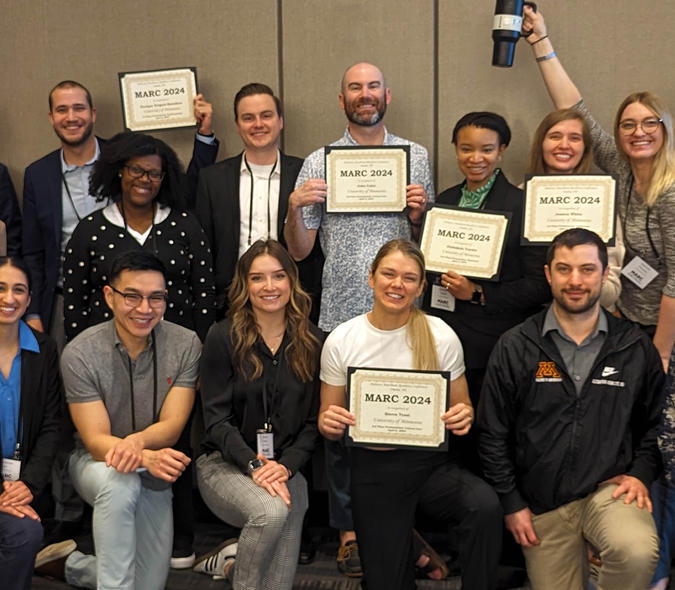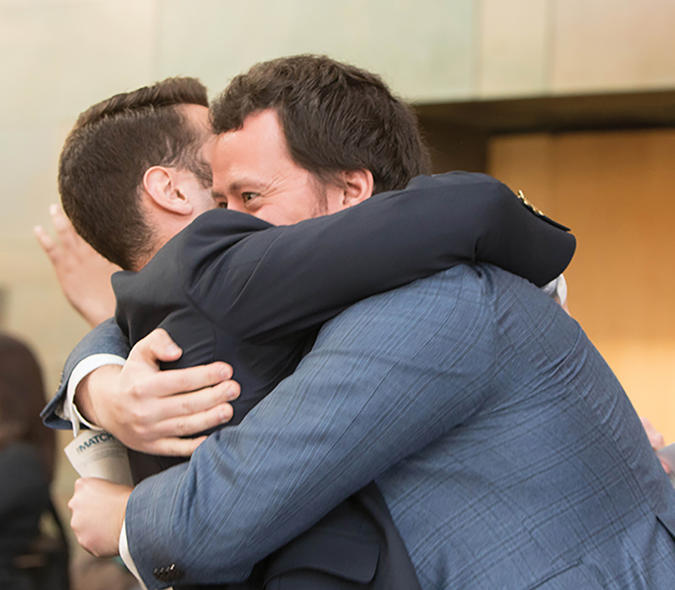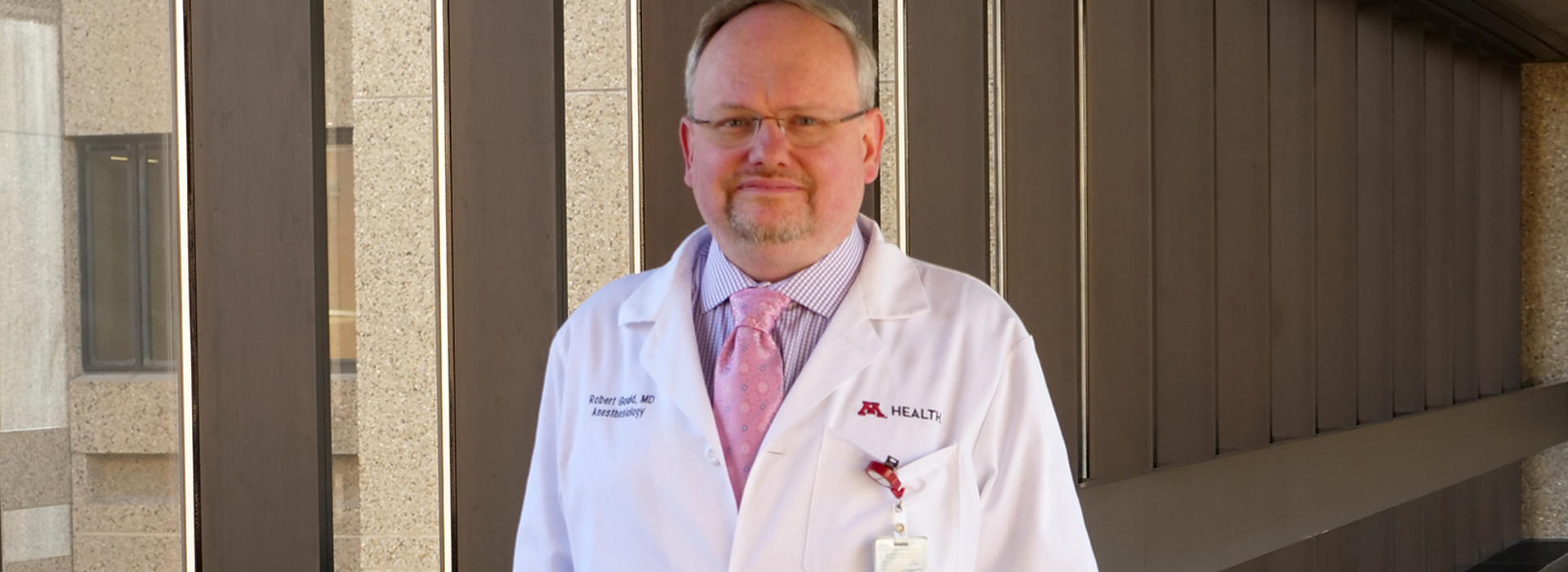
Dr. Robert Gould Awarded AIAC Grant to Decrease Sepsis Mortality Rates
University of Minnesota Medical School Department of Anesthesiology Associate Professor and Vice Chair of Clinical Affairs, Robert Gould, MD, along with Jeff Dichter, MD, Associate Professor in the Department of Medicine and Christopher Tignanelli, MD, Assistant Professor in the Department of Surgery were awarded an Academic Investment Clinical Program (AICP) grant for their proposal Leveraging patient heterogeneity, predictive informatics, and rapid response to tailor sepsis care. The grant will be used to improve sepsis protocols through incorporating non-invasive technology and dedicated staffing and response teams in order to reduce sepsis mortality rates at all M Health Fairview locations.
“Over the last 10 years, sepsis and surviving sepsis patients have become very important in healthcare, because we have seen tremendous mortality rates from sepsis,” Dr. Gould said.
Sepsis refers to infections that the body is overcome with. This can happen with any form of disease such as influenza or various other bacterial infections, in which the body becomes overwhelmed by the pathogen and the patient undergoes multisystem organ failures.
“About two years ago, we looked at the incidence of observed versus expected sepsis mortality rates in our hospital system, and more people were dying of sepsis than they should be,” Dr. Gould said.
Acknowledging the increase in sepsis mortality rates, Dr. Gould began looking into using non-invasive cardiac monitoring on the floor to have better compliance with sepsis protocol. This technology can be used by nursing staff without needing intense training as opposed to patients admitted into the ICU who will need invasive monitoring.
“About 10 to 15 years ago, surviving sepsis guidelines were created to teach medical staff how to standardize care for these patients in order to improve mortality rates. Although, one of the issues was that these policies and the protocols were not being followed,” Dr. Gould said. “We wanted to know what we could do to make sure policies were followed more closely and one of the things we hypothesized was giving staff more monitoring capabilities to follow the protocols.”
A few examples of these protocols include monitoring the infection, fluid management and appropriate and timely treatment for antibiotics.
“One of the things we saw in the M Health Fairview system was the amount of fluid patients were getting was extremely unpredictable. Therefore, we began to implement non-invasive monitors, which the nurses can be trained in on the floor, and we thought these would be helpful in titrating the amount of fluids these patients get,” Dr. Gould explained.
However, when Dr. Gould began to implement this technology, he was receiving mixed results due to issues with dedicated staff in following specific protocols.
“We thought if we could develop a grant that would allow us to have dedicated staff and a dedicated response team, at all institutions through M Health Fairview, we could potentially decrease the sepsis mortality rate ,” Dr. Gould said.
The grant is multidisciplinary between the Departments of Anesthesiology, Surgery and Medicine. Over the course of this three-year, $1.4 million grant, Dr. Gould will work with these departments to decrease sepsis mortality rates.
“This grant shows good collaboration between three different disciplines in order to improve patient outcomes,” Dr. Gould said. “If there are any other critical care colleagues that are interested in doing this, I encourage them to reach out not only within the department but through other disciplines in order to develop these multidisciplinary research projects.”
